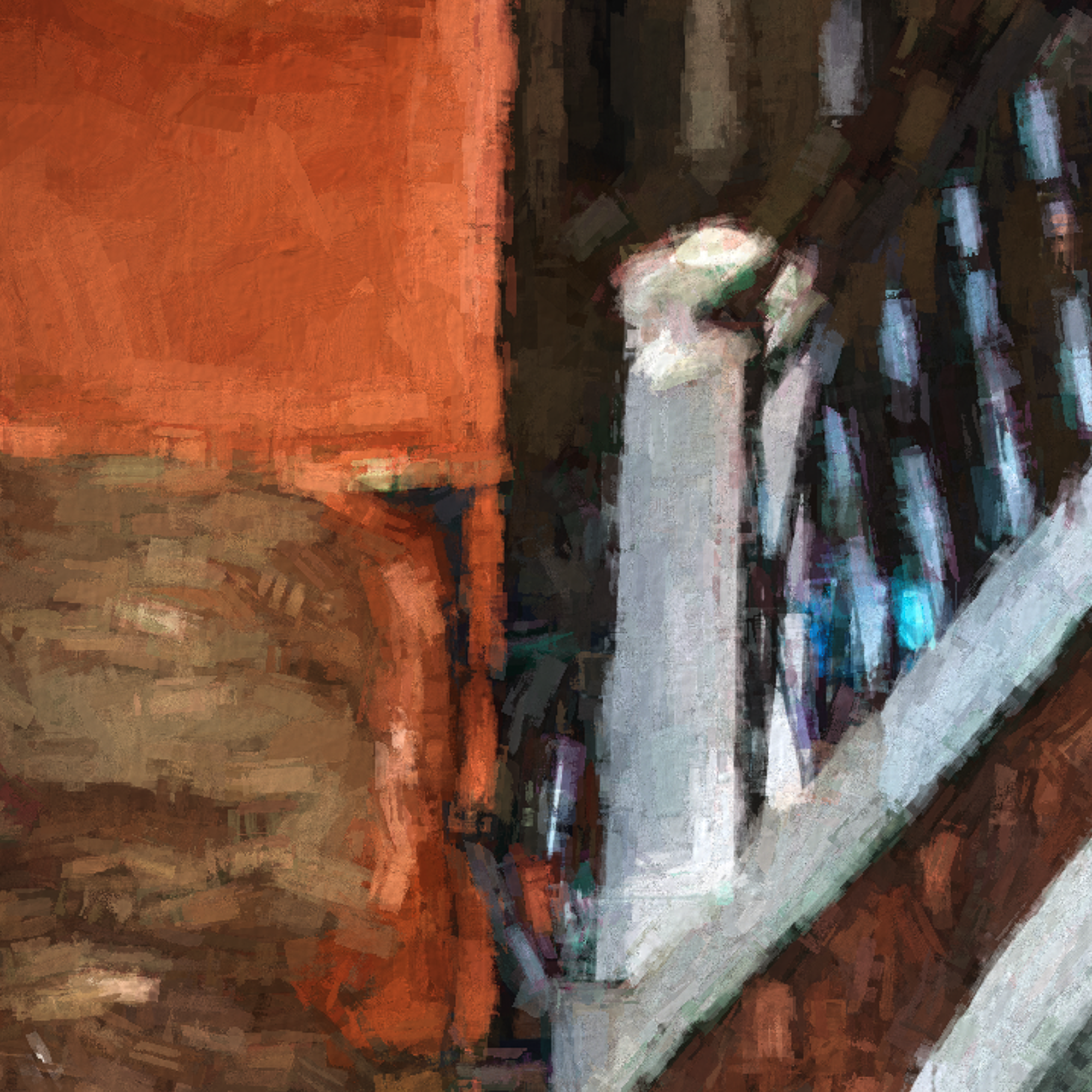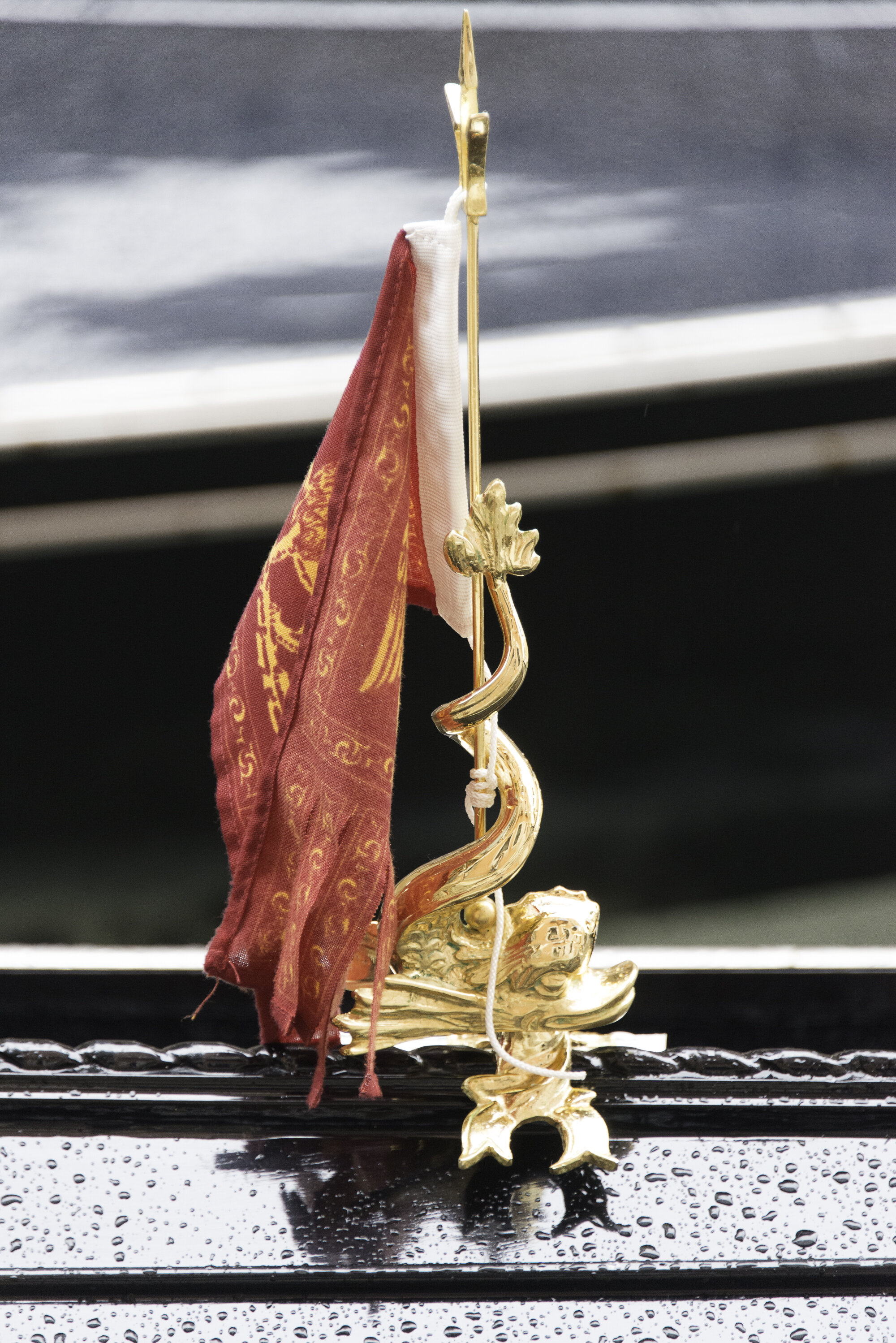“Procession”
Two weeks ago, I brought you “The Gondola”. In that article, you saw a photo that I named “Procession”. Here it is, again.
In this photo, we see two gondole, one following the other, under arched bridges along a small canal of Venice. If you want to see how that photo was created…because yes, it was completely created from several elements, take a quick look here.
Today, I show you Procession 2, or perhaps more aptly, ‘Head On!”. Again, two gondole floating on a small canal of Venice, but this time they are traveling head on, rather than in a procession, and may collide if the gondoliers are not skilled in their craft.
This photo, like Procession, was the result of manipulation in Photoshop. When the elements of several photos are brought together in one image, it is called a ‘composite’. This composite was the result of planning well before the trip to Venice in 2012. On my shot list was my self-assignment to collect the elements of this photo. So, this was a targeted endeavor, and not some serendipitous or staked-out encounter.
Here’s how it was accomplished.
First, I had to find the right location for Head On!, so as I strolled Venice, I was on the look out for the right setting. The setting shown below caught my eye, and because I didn’t want to get home to find that I may had missed the exact layout that I wanted, I took several photos…film was expensive, but pixels are really cheap!
After reviewing the photo collection, I decided on the third one…shown below.
A bit of cropping gave my envisioned composite a base from which to work.
I didn’t want this scene to unfold during broad daylight, so I started by darkening the image a bit.
Now, I’m going to insert the first element into the composite, the gondola approaching from the right. Also, I thought that the arched watergate in the left of the image needed a bit of enhancement, so I emphasized the light within the building.
With any composite, the smallest details are important to make the photo believable…the sun angle, the color, the size, etc. In this case, the gondola needs a reflection in the water. So, that’s what I’ll do next. Subtle? Yes. But, important for believability. Unless you compare the images a few times, you may not even notice the reflection.
Now it’s time to insert the gondola approaching from the left, along with its own reflection…yes, though hard to see, it’s there.
You will note that the gondole are not as head-on as I could have made them…after all, I’m free to choose how they are aligned within the image. I made the left gondola a bit smaller than the one on the right…thus inferring that it is not in the same plane. So, they are less head on than they could be. After all, I don’t want anyone to get hurt on their romantic gondola ride.
What’s left? I’d like to crop the image to eliminate the excess water at the bottom…it’s just water and not very interesting.
Did you notice that bright, distracting bow hanging from something or other up and to the right of the watergate? That’s got to go…so it will. And, the arched watergate…I’d like to warm it up a bit with a tad more light coming from inside…and maybe give the grill work a bit of polish. Here’s the final image.
I do enjoy digitally adding a painting effect to some of my photos. So, I’ll do that for Head On!
I know, the painting is not all that obvious viewing it from this ‘distance’. Here are some crops of the photo, giving you a better idea of the brush work that I’ve employed. Clicking on the images will give you are larger view.
Back to the final image above the painted one…it’s still not moody enough for me…it’s a bit too bright for the impending drama that I want to create. It’s time to give it a bit more sinister mood.
So now, in the dark of night, and with drama and disaster impending, and after eight years, I give you ‘Head On!’.
DISCLAIMER: No one was injured in the production of this photo.
Glad to get THAT out of the way…darned lawyers.
I hope that you enjoyed seeing behind the digital curtain to see how numerous images can be composited to create a final, fine art photo.
Ciao for now,
Steve
Don’t miss out on future Italy, Our Italy articles by subscribing here


























